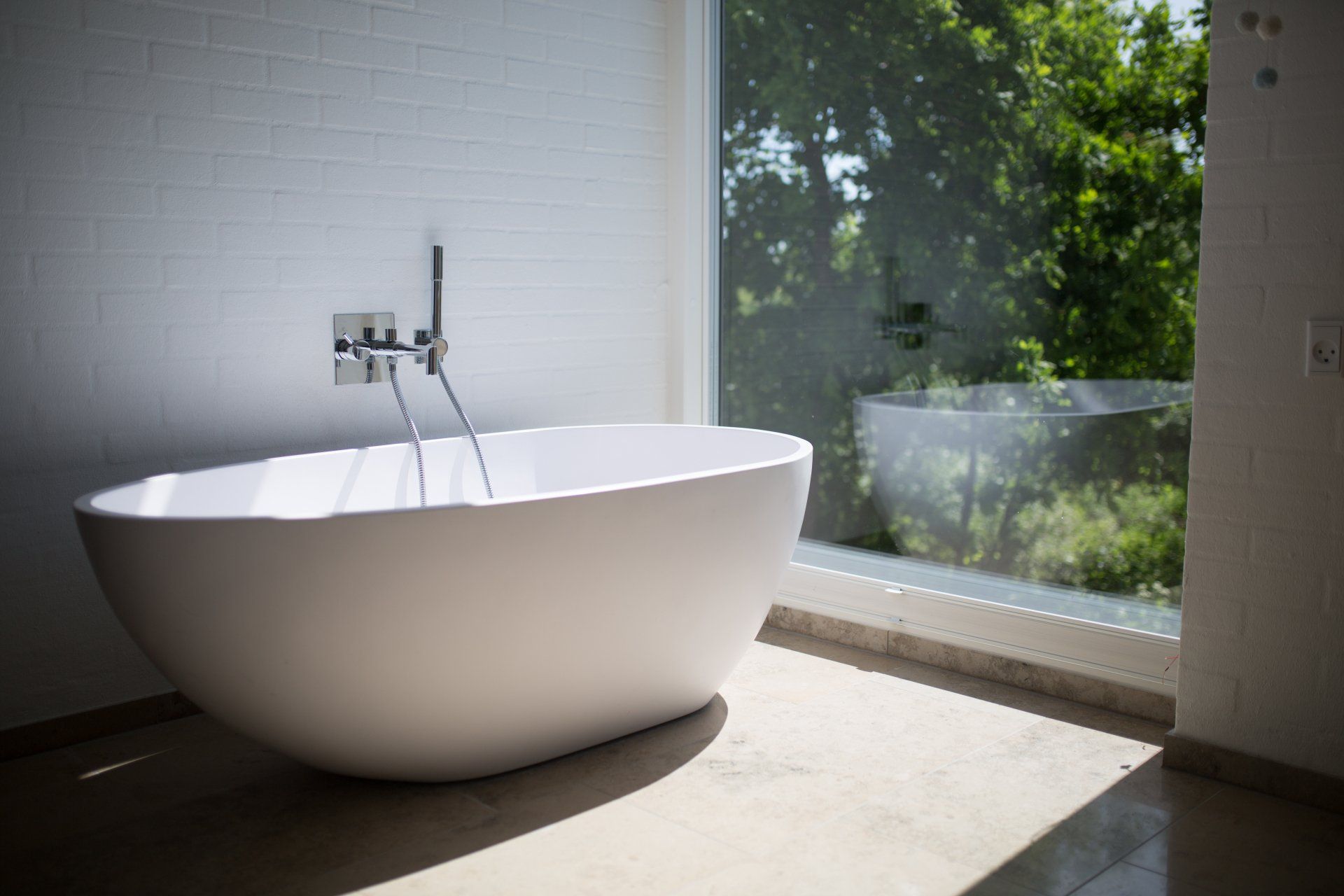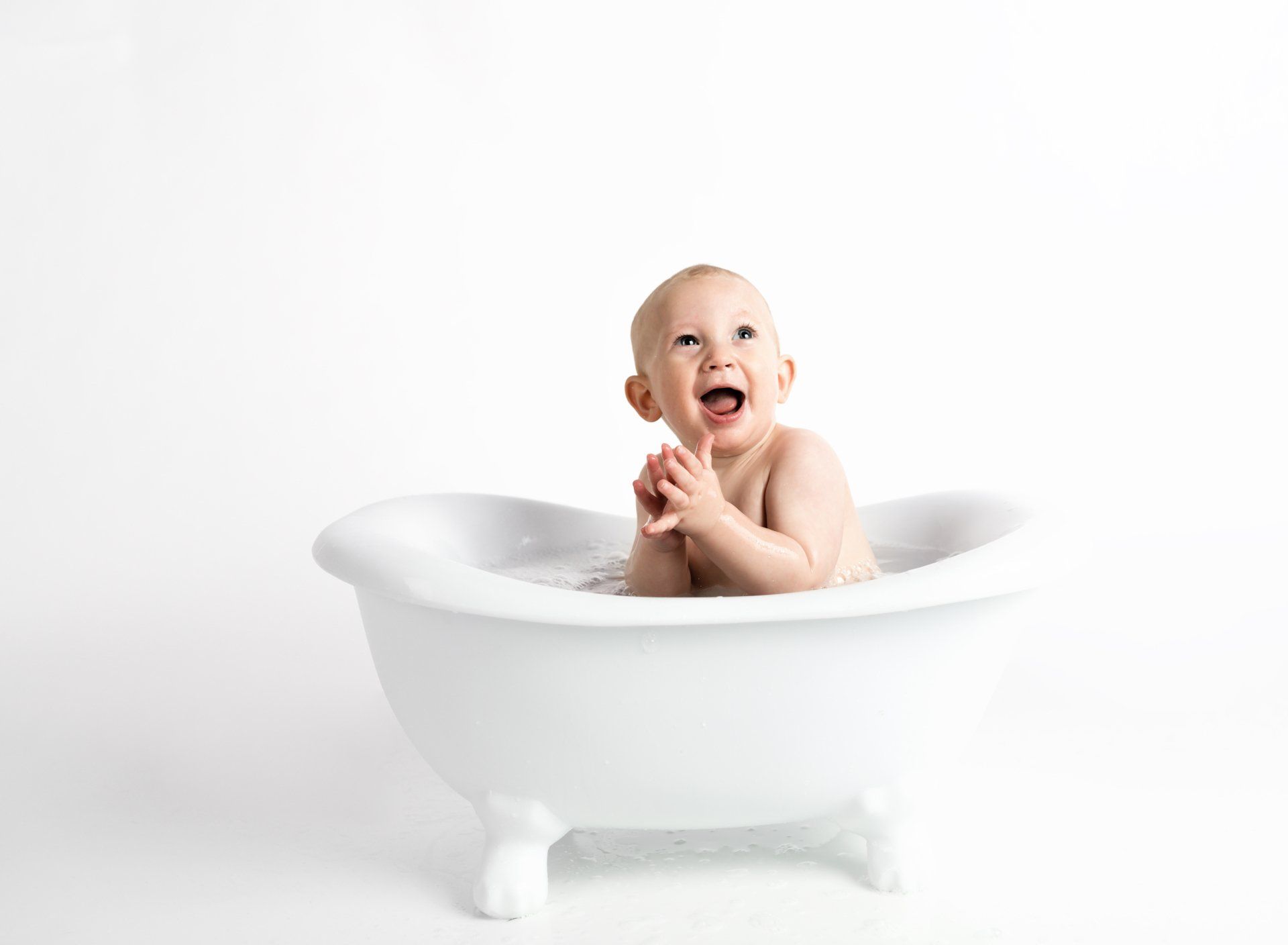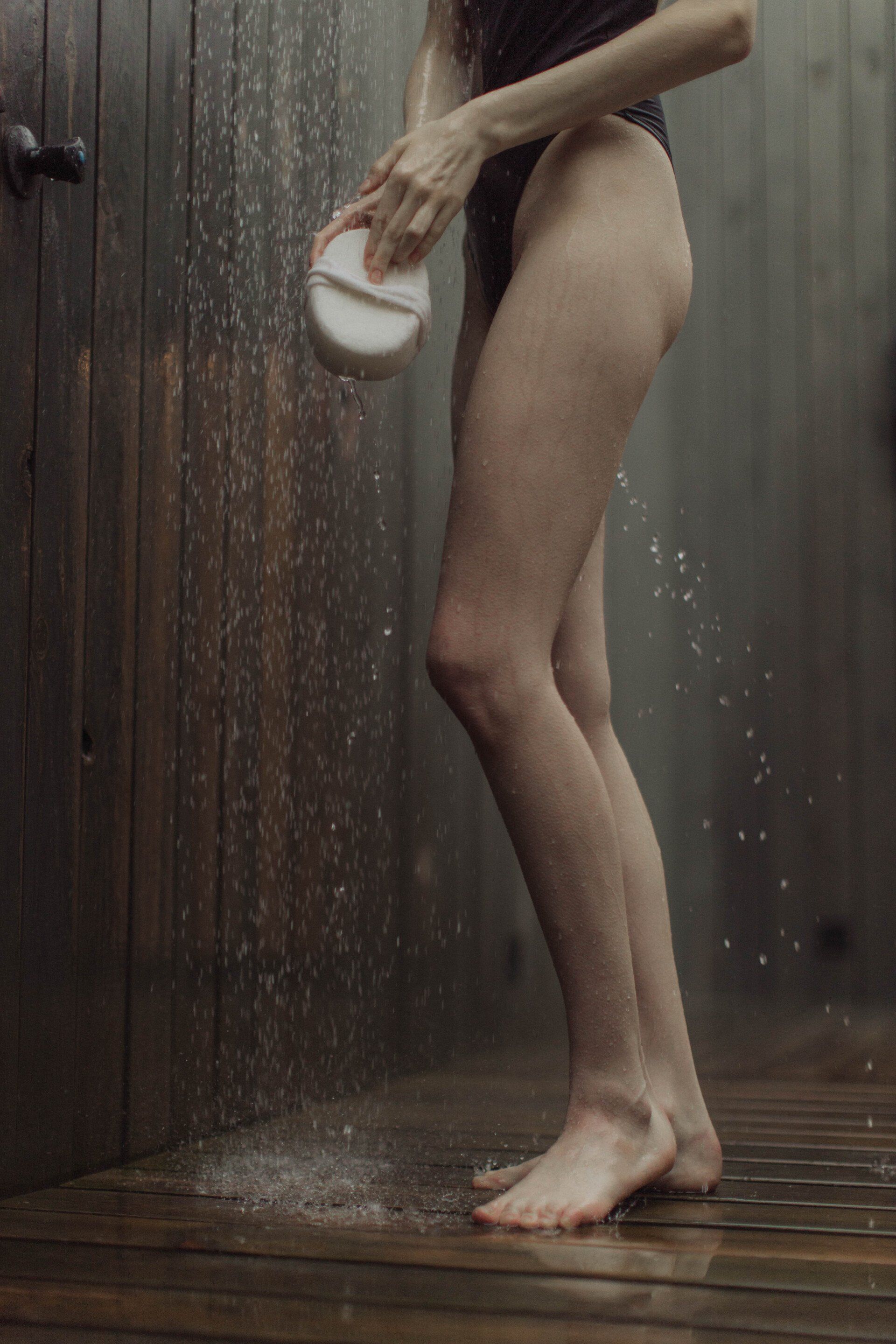How Much Does Bathtub to Shower Conversion Cost in 2024
Tub to Shower Conversion Austin
In the evolving landscape of home renovations and interior design, the transformation from a traditional bathtub to a modern shower setup has emerged as a popular trend among homeowners seeking both aesthetic appeal and functional utility in their bathrooms. As we step into 2024, this trend continues to gain momentum, driven by an increased desire for minimalist designs, accessibility, and the efficient use of space.
A bathtub to shower conversion not only caters to the contemporary demand for sleek and sophisticated bathroom interiors but also addresses practical considerations such as water conservation and ease of cleaning.
The process involves replacing the bulky footprint of a bathtub with a more streamlined and accessible shower unit. This transition can significantly enhance the visual spaciousness of a bathroom, making it appear larger and more inviting. Moreover, for families with elderly members or those with mobility challenges, converting a bathtub into a shower can greatly improve safety and accessibility, offering peace of mind.
Why convert your bathtub to a shower ?
However, embarking on this transformation is not merely about catching up with an interior design trend; it's also an investment in your home's functionality and value. In 2024, understanding the financial implications of such a conversion is crucial for homeowners. The cost associated with transforming your bathing space from tub to shower encompasses various factors including materials, labor costs, design preferences, and any additional features or customizations desired.
As we delve deeper into this topic, it becomes evident that while the allure of modernity and functionality drives this trend forward, thoughtful consideration of its financial aspects ensures that homeowners can make informed decisions aligned with their budgets and lifestyle needs.
Average Cost Range For Bathtub To Shower Conversion In 2024
In the dynamic landscape of home renovation, converting a bathtub to a shower has become an increasingly popular project among homeowners seeking to modernize their bathrooms while enhancing functionality and accessibility. As we look ahead to 2024, the cost of undertaking such a conversion is subject to various factors including material choices, labor rates, and the complexity of the project. However, industry insights and projections can help us outline an average cost range for homeowners considering this transformation.
How much does Tub to Shower Conversion cost in 2024?
In 2024, the financial commitment required for converting a bathtub to a shower is expected to fall within a broad spectrum due to the customizable nature of such projects. On average, homeowners can anticipate spending anywhere from $3,000 to $8,000. This range accounts for basic conversions utilizing prefabricated units at the lower end and climbs towards custom-designed showers featuring high-end materials and intricate tile work at the upper end.
Types of Shower Conversions + Costs:
What To Expect When Converting Your Bathtub Into A Shower
The expense involved in converting a bathtub to a shower can vary significantly depending on the type of shower you opt for:
Walk-In Showers
Walk-in showers are among the costliest conversions, largely due to their usually larger size. The price range for such installations can fall anywhere between $750 and $7,000.
Shower Stalls
A standard shower stall can cost you between $700 and $1,600. However, if you desire a more luxurious finish or additional features, the price can escalate accordingly.
Tiled Showers
When it comes to tiled showers, the price is contingent on the type of material used. Fiber glass tiling can cost around $25 per square foot, including tile, grout, and labor costs. On the other hand, marble tile can cost around $8 per square foot, excluding labor. Consequently, the total cost can reach approximately $1,500.
Saving Money On Your Bathtub To Shower Conversion
The cost of converting a bathtub to a shower can vary greatly, largely due to the extensive labor required for tub removal, wall modification, and cleanup. The following factors influence the overall expenditure for this bathroom renovation.
Size of the Shower
Usually, the smaller the shower or bathtub, the lesser the cost as it demands less material and labor for its installation. Different types of showers are available in varying sizes. If your preference is a larger than standard shower, it may require customization and additional labor, escalating the cost.
Material Selection
The material chosen to construct the shower wall significantly impacts the overall cost. For instance, a stone shower wall is more expensive than those made of fiberglass or acrylic.
Bathtub Removal Costs
The cost of dismantling an old bathtub and preparing the wall and floor for the installation of a shower can range from $450 to $2,000. This cost includes tub removal, waste disposal, and wall cleaning or repair.
Permit Expenses
Depending on your locality, bathroom renovations may need a permit, which can add somewhere between $180 and $2,000 to the project's cost.
Repairs or Replacements
In some cases, tub removal may lead to damage requiring repair. Expenses for tile repair, wall patching, potential water damage, and pipe replacements need to be factored in.
Accessibility and Safety Features
Extra costs will be incurred if you need to incorporate accessibility features, such as shower bars, seats, and shower liners.
Upgraded Fixtures
Technological advancements and specific preferences for showerheads, doors, faucets, and other components could also mean additional expenses.
By adopting these strategies—choosing cost-effective materials, maintaining existing plumbing configurations, and tackling some tasks independently—you can achieve a stunning bathtub to shower conversion in 2024 without exhausting your budget.
Steps to a Successful Tub-to-Bath Conversion DIY
1. Planning and Design
- Assess Your Needs: Understand why you want to convert the tub to a shower. Consider space, functionality, and the needs of all users.
- Measure the Space: Accurately measure the bathtub space to ensure the new shower fits perfectly.
- Choose the Right Materials: Select the materials for the shower base, walls, and doors. Consider factors like durability, ease of cleaning, and aesthetics.
- Design Layout: Decide if you want a doorless shower, a framed or frameless enclosure, and where you'd like the showerhead and controls.
- Budget: Determine how much you are willing to spend on this project.
2. Gather Materials and Tools
- Materials: Shower pan or base, tiles or shower wall panels, shower doors (if any), shower head and control, plumbing materials.
- Tools: Hammer, pry bar, screwdriver, tape measure, level, utility knife, tile cutter or saw, trowel, mortar, grout, caulking gun, plumbing tools.
3. Removal of the Bathtub
- Shut Off Water: Ensure the water supply to the bathroom is turned off.
- Disconnect Plumbing: Disconnect the drain and overflow from the tub.
- Remove Caulking: Use a utility knife to cut through the caulking around the tub.
- Remove the Tub: Pry the tub away from its position. This might require cutting the tub into pieces, especially if it is cast iron.
4. Prep the Area
- Clean and Prepare the Surface: Remove any debris and clean the area thoroughly. Check the floor and walls for any damage and repair as necessary.
- Install Plumbing: Modify the existing plumbing to accommodate a shower setup. This might involve adjusting the drain and water supply lines.
- Ensure Proper Drainage: Make sure the floor is slightly sloped toward the drain to prevent water pooling.
5. Install the Shower Base
- Dry Fit the Shower Pan: Place the shower base to ensure it fits. Mark any adjustments if needed.
- Secure the Base: Once the fit is confirmed, use mortar or adhesive as directed by the manufacturer to set the base in place.
6. Install Wall Surrounds
- Prep the Walls: Ensure the walls are clean, dry, and smooth.
- Install Panels or Tiles: Use adhesive to install panels or set tiles using thin-set mortar. Start from the bottom and work your way up. Use spacers for tiles to ensure even joints.
- Seal and Grout: Apply grout between tiles if used, then seal all edges and joints with a waterproof sealant.
7. Install Fixtures and Accessories
- Shower Head and Controls: Install according to manufacturer's instructions, ensuring all connections are tight and sealed.
- Shower Door: Install the shower door or curtain rod based on your chosen design.
8. Final Testing and Cleanup
- Test the Plumbing: Turn on the water supply and check for leaks.
- Apply Final Sealant: Apply silicone sealant around the base and edges where the shower base meets the walls and floor.
- Clean Up: Remove all tools and construction debris. Clean the newly installed shower and surrounding area.
Following these steps will help you achieve a successful conversion from a bathtub to a more functional and modern shower space in your home.















